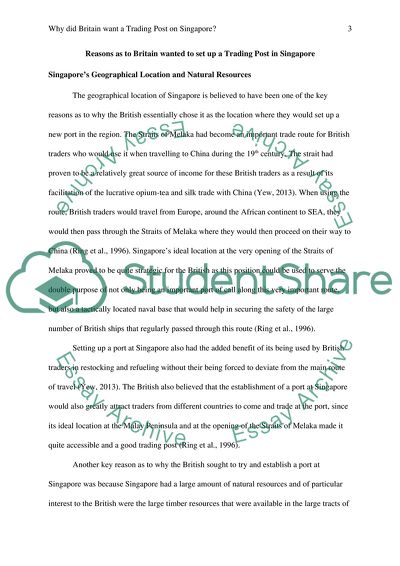Cite this document
(“Why did Britain want a trading post on Singapore Research Paper”, n.d.)
Retrieved from https://studentshare.org/social-science/1645583-why-did-britain-want-a-trading-post-on-singapore
Retrieved from https://studentshare.org/social-science/1645583-why-did-britain-want-a-trading-post-on-singapore
(Why Did Britain Want a Trading Post on Singapore Research Paper)
https://studentshare.org/social-science/1645583-why-did-britain-want-a-trading-post-on-singapore.
https://studentshare.org/social-science/1645583-why-did-britain-want-a-trading-post-on-singapore.
“Why Did Britain Want a Trading Post on Singapore Research Paper”, n.d. https://studentshare.org/social-science/1645583-why-did-britain-want-a-trading-post-on-singapore.


